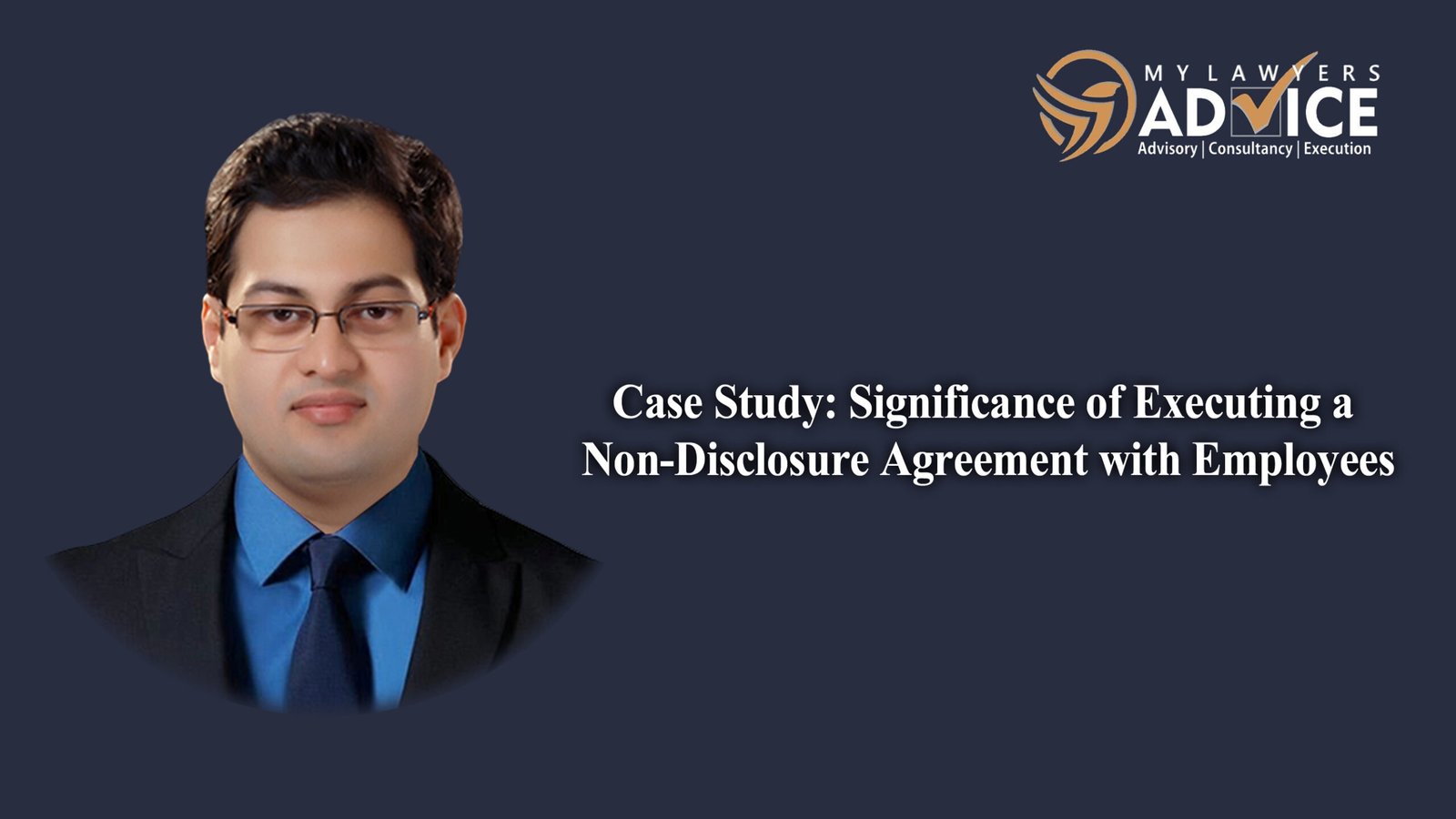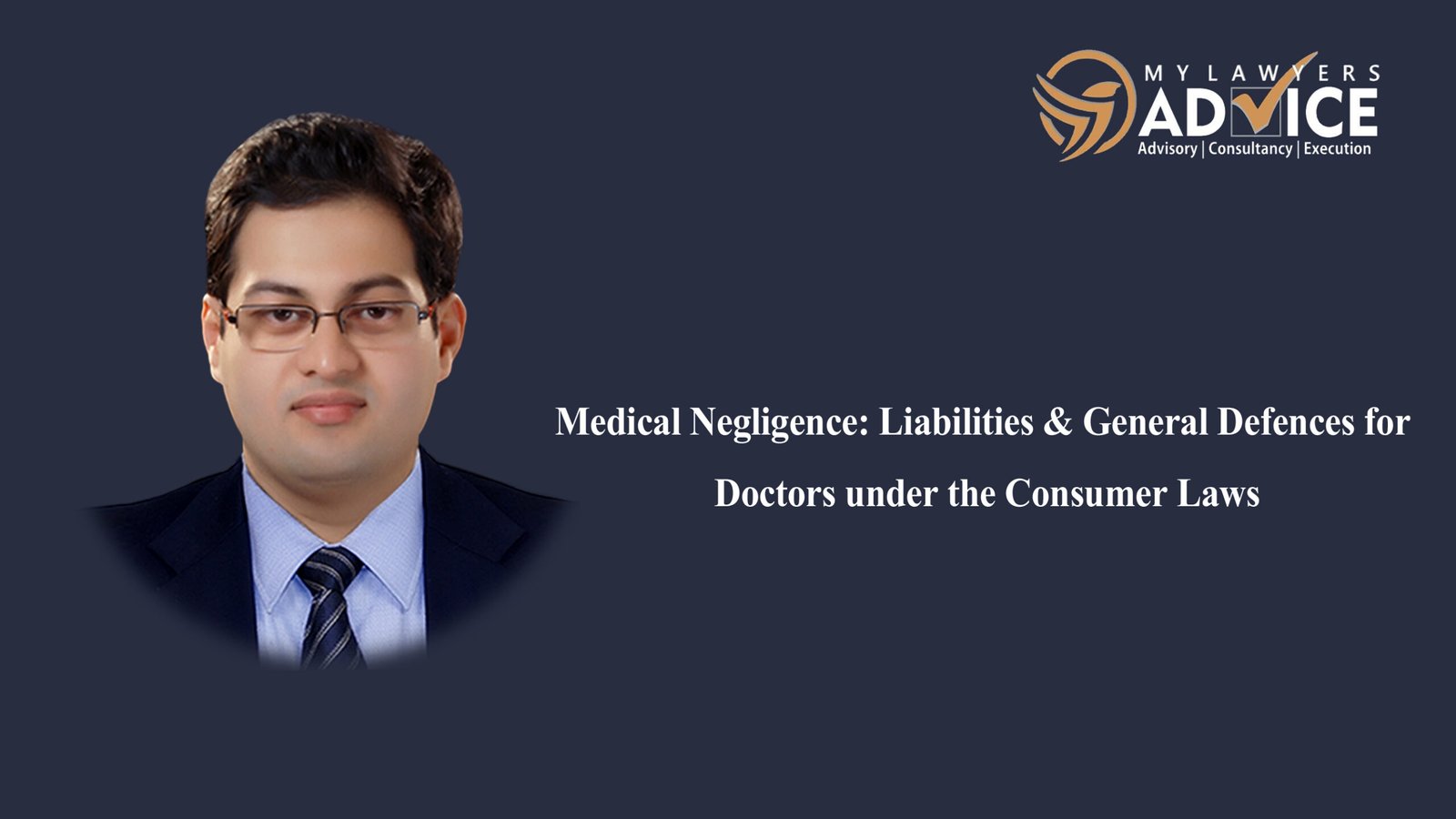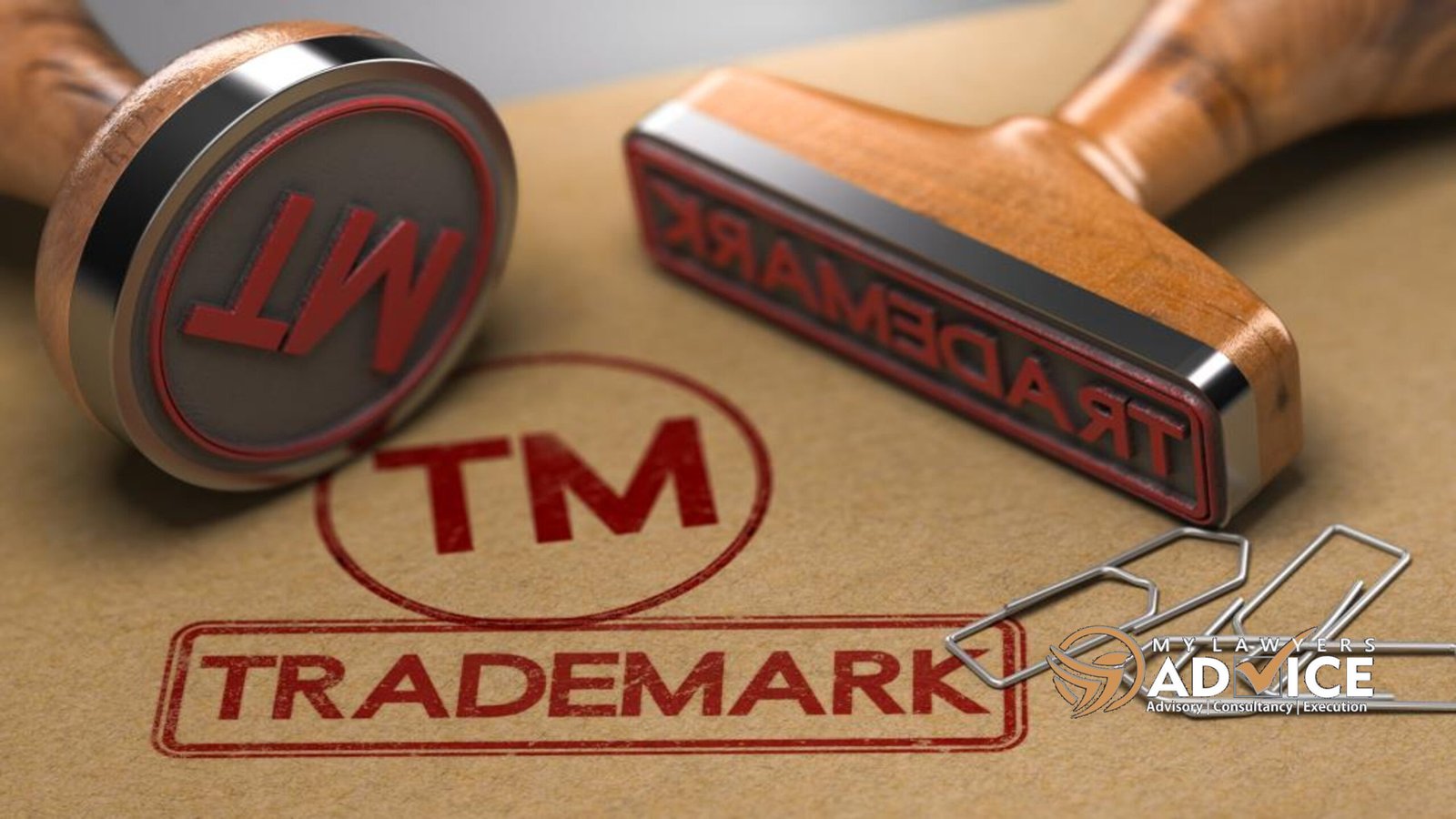Case Study: Significance of Executing a Non-Disclosure Agreement (NDA) with Employees | Corporate Law Attorney in Delhi NCR | Corporate Lawyer in Delhi NCR |
Corporate Lawyer in New Delhi | Corporate Lawyer in India | Corporate Lawyer in Delhi NCR | Corporate Lawyer in Delhi | Corporate Lawyer in Noida | Corporate Lawyer in Gurugram | Corporate Attorney in Delhi NCR | Corporate Attorney in Delhi | Corporate Attorney in Noida | Corporate Attorney in Gurugram | Corporate Attorney in New Delhi | Corporate Attorney in India | Corporate Law Solutions in Delhi NCR | Corporate Legal Services in Delhi NCR | Corporate Law Remedies in Delhi NCR | Corporate Law Attorney in Delhi NCR | Corporate Law Attorney in Delhi | Corporate Law...
Continue reading











